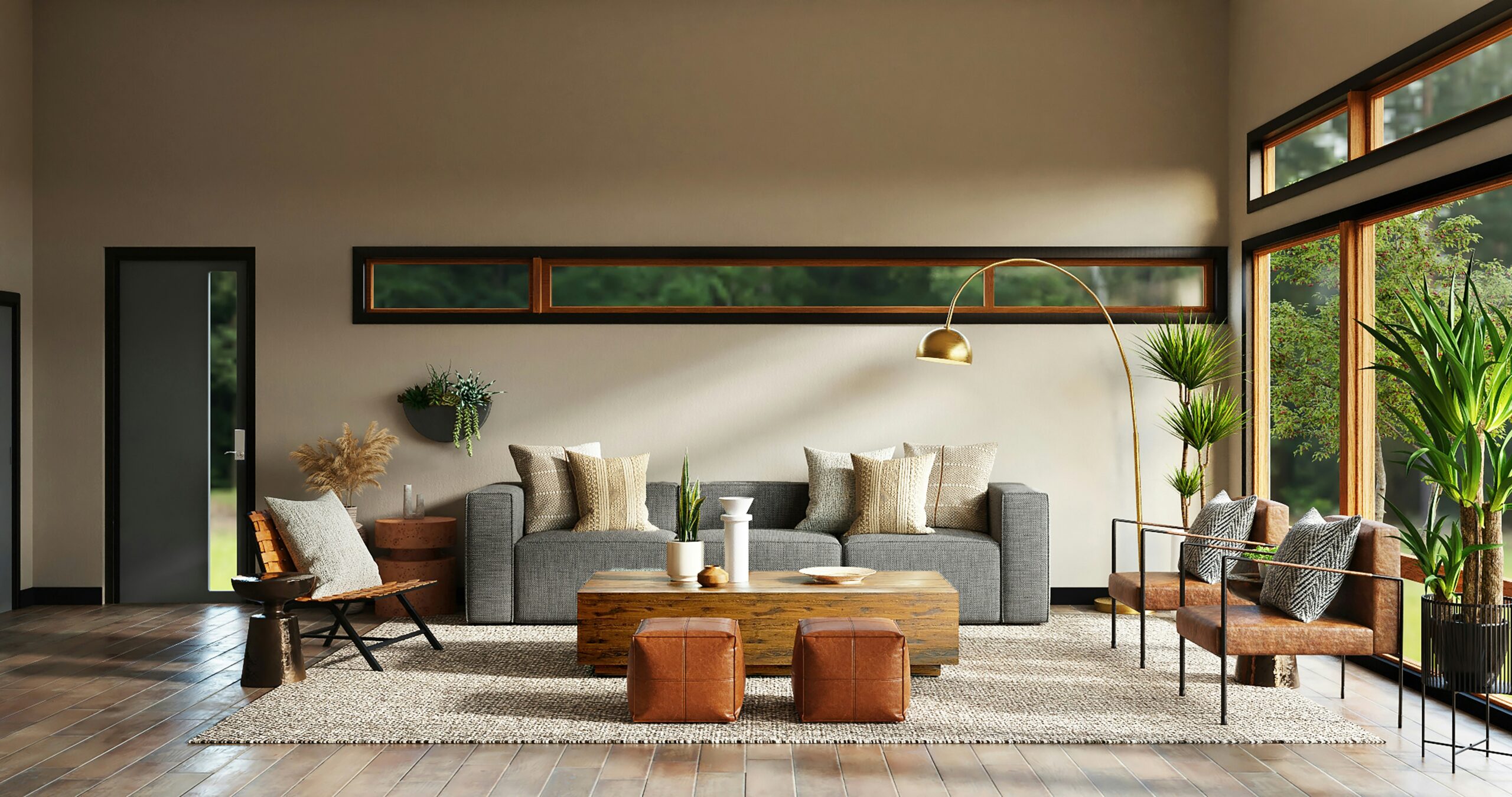In the realm of interior design, the evolution of technology has brought about transformative changes, none more significant than the rise of 3D design. From concept development to visualization and presentation, 3D design has revolutionized the way interior designers work, offering new tools and capabilities that have expanded creative possibilities and enhanced client experiences.
Traditionally, interior designers relied on 2D drawings, sketches, and physical models to communicate their ideas and concepts. While these methods were effective to a certain extent, they often lacked the depth and realism needed to fully convey a design vision. Enter 3D design—a game-changer that has taken the field by storm.
One of the most profound impacts of 3D design on interior design is its ability to provide clients with a lifelike preview of their spaces before any construction or renovation begins. Through photorealistic renderings and immersive virtual tours, clients can now step inside their future homes or businesses and experience every detail, from the layout and color scheme to the furniture and decor choices.
This level of visualization not only helps clients better understand and engage with the proposed design but also allows designers to fine-tune their concepts and address any concerns or revisions before they become costly changes during the construction phase. The result is a more collaborative and iterative design process that fosters communication and trust between designer and client.
But the benefits of 3D design extend beyond just presentation and visualization. With advanced modeling software and rendering techniques, designers can experiment with different materials, textures, and lighting scenarios, allowing for more creative exploration and experimentation. This freedom to push boundaries and explore new ideas has led to a renaissance of innovation and invention in interior design.
Moreover, 3D design has streamlined the design process, enabling designers to work more efficiently and effectively. Tasks that once required hours of manual drafting or physical modeling can now be accomplished with a few clicks of a mouse, saving time and reducing errors. This newfound efficiency not only benefits designers but also allows projects to progress more quickly, ultimately delivering better results for clients.
The evolution of 3D design has also democratized interior design, making it more accessible to a wider audience. With user-friendly software tools and online platforms, aspiring designers and homeowners can now create their own 3D models and visualizations, empowering them to experiment with different layouts and styles and bring their design visions to life.
Looking ahead, the future of 3D design in interior design is bright. As technology continues to advance, we can expect to see even more sophisticated tools and techniques emerge, further blurring the line between reality and virtuality. From augmented reality and virtual reality experiences to parametric design and generative algorithms, the possibilities are limitless, offering endless opportunities for creativity and innovation in the world of interior design.
In conclusion, the evolution of 3D design has had a profound and lasting impact on the field of interior design, revolutionizing the way designers work, collaborate, and create. With its ability to provide realistic visualizations, streamline the design process, and democratize design, 3D design has become an indispensable tool for designers and clients alike, shaping the future of interior design in exciting and unexpected ways.
